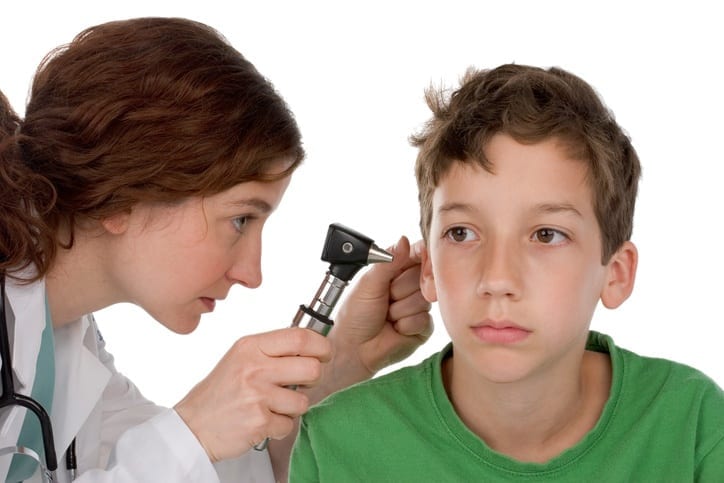A Little About Your Ears


The skin of the outer ear canal is very thin and delicate where it crosses the bony ear canal. Wax is produced by the skin of the outer floppy portion of the ear canal. The wax conditions the skin and protects the canal from infection. Like other skin, as it grows, dead skin cells are shed in the ear canal where they combine with the wax. The ear skin grows from the eardrum outward, naturally moving the combined dead skin and wax toward the outer opening where it’s readily removed.
How Swimmer’s Ear Develops
When people expose their outer ears to water, the debris in the ear canal can soak up the water and keep the canal moist. This is the perfect environment for skin bacteria to grow to a point where breaks in the delicate skin occur and infection ensues. This is particularly worse with late season lake water that is often contaminated with sewage runoff from neighboring properties. The close proximity of the skin to the bony canal makes this extremely painful and slow to respond to treatment.
Prevention And Treatment Of Swimmer’s Ear
The key to preventing swimmers ear is to ensure that it remains dry, particularly after submerging in lake water. When the ear drum is intact, i.e. no holes (perforations), one can use 90% isopropyl alcohol drops after a day of swimming to dry the ear. Many over-the-counter preparations mix Boric acid with the isopropyl alcohol as an antiseptic. Other strategies include keeping wet hair back away from the ear opening so it doesn’t further trap moisture in the canal and using a blow dryer waved gently past the ear canal to help dry it.
While Q-tips are rarely helpful in cleaning wax accumulations, they are particularly bad for drying the ear after swimming. They tend to scratch the ear canal skin permitting the moisture and the bacteria to penetrate the protective barrier.
Swimmer’s ear is usually treated with topical antibiotic drops. When it is severe, occasionally medical professionals will prescribe appropriate oral antibiotics as well. Cleansing the ear, while quite painful, can speed up the recovery. Unfortunately, the pain of swimmer’s ear can be particularly severe and after the onset of treatment, it often gets worse before it gets better.
If you or your child is suffering from swimmer’s ear, our ENT specialists at Advanced Specialty Care can treat it as well as a variety of other issues of the ear, head, neck, eyes, nose and throat, including ear infections, tonsil and adenoids, sleep disturbance, thyroid nodules, silent reflux, and palate surgery as well as nasal polyps, and deviated septum, sleep apnea. Our offices are located in Fairfield County, CT in the towns of Danbury, New Milford, Norwalk, Ridgefield and Southbury.
– Richard J. Lipton, M.D.

